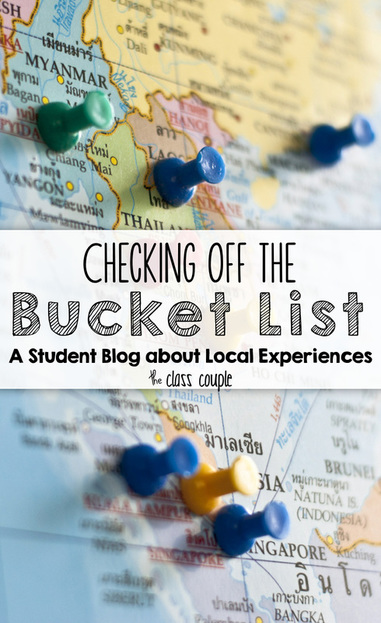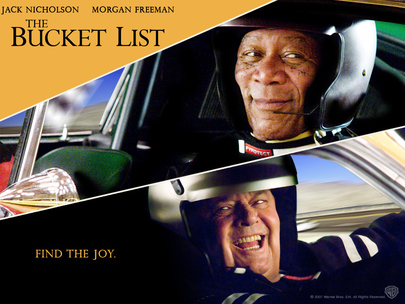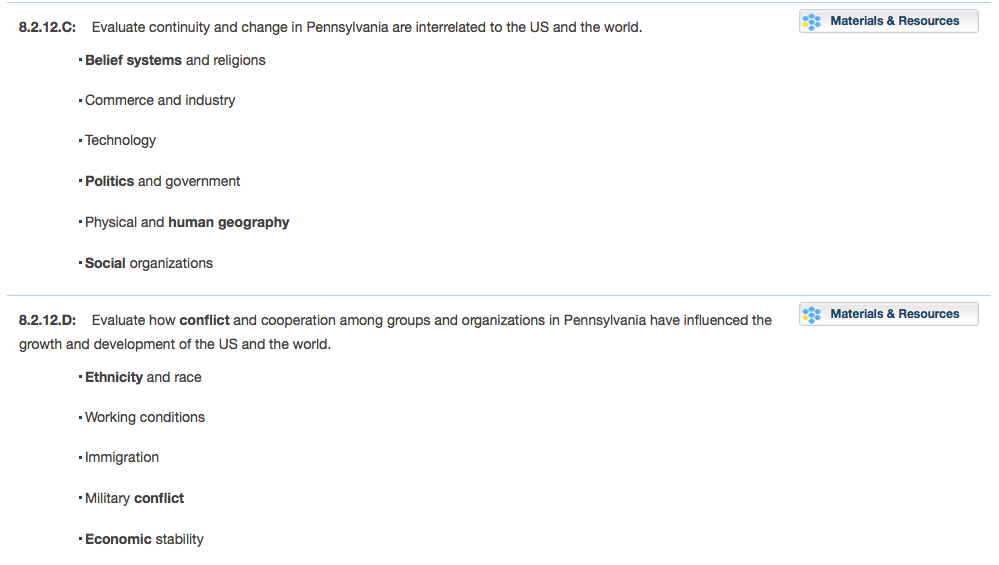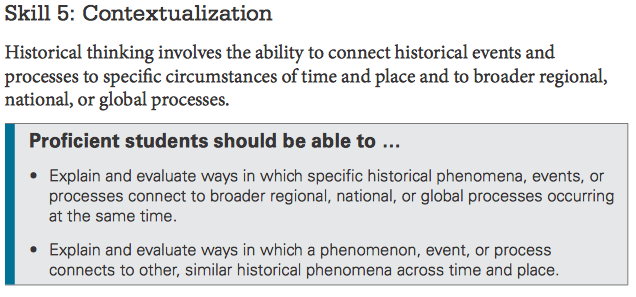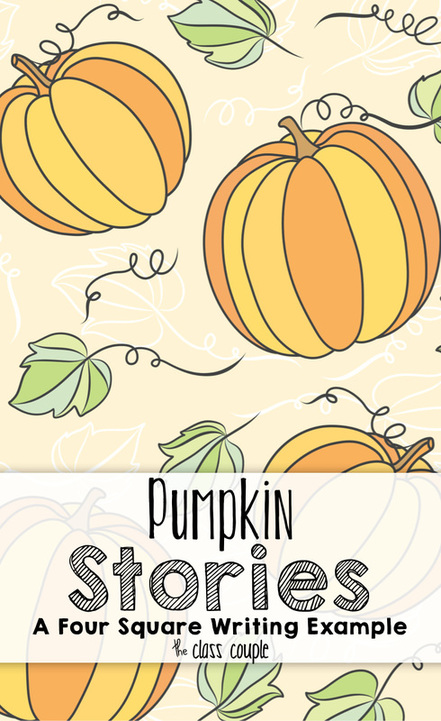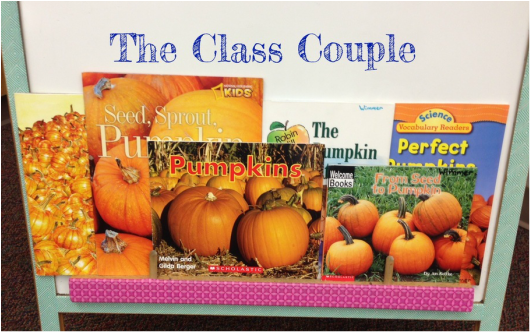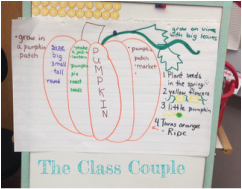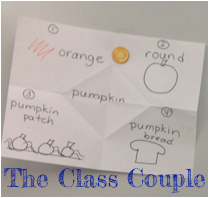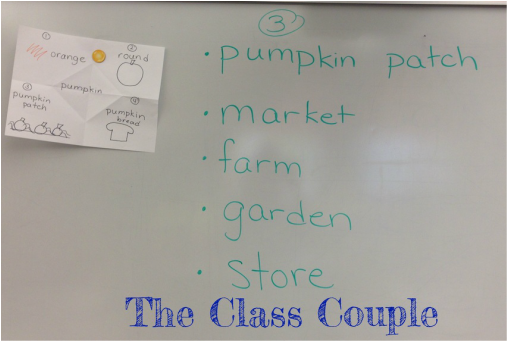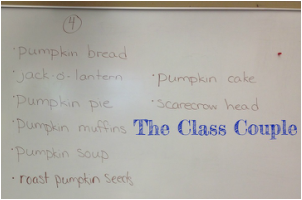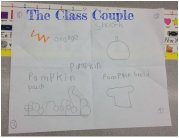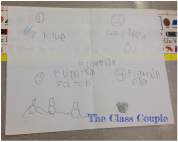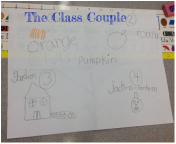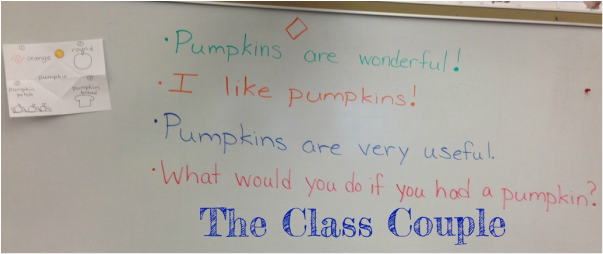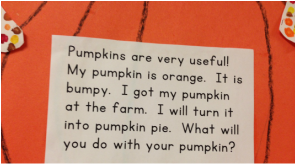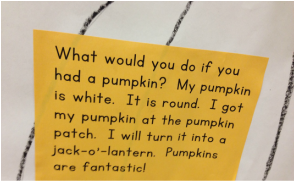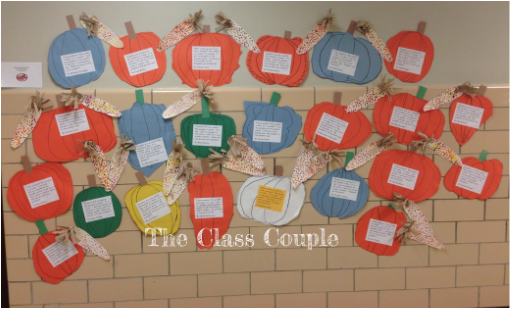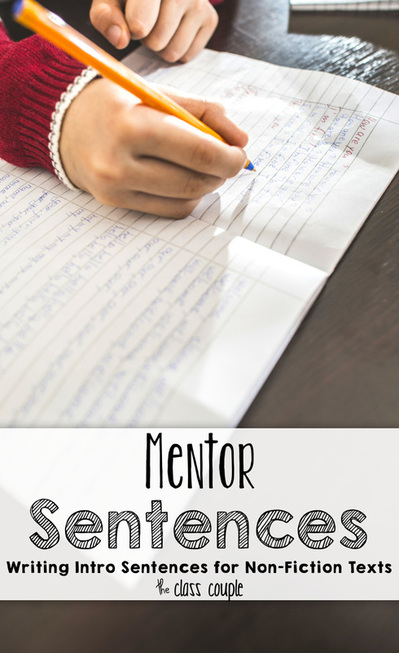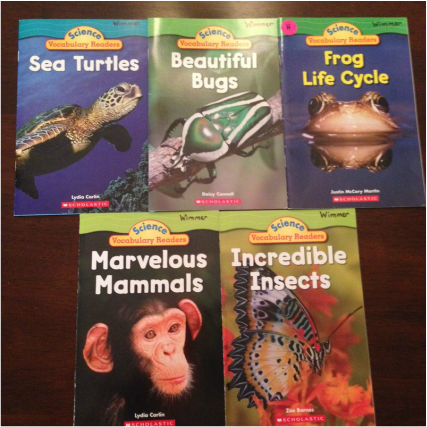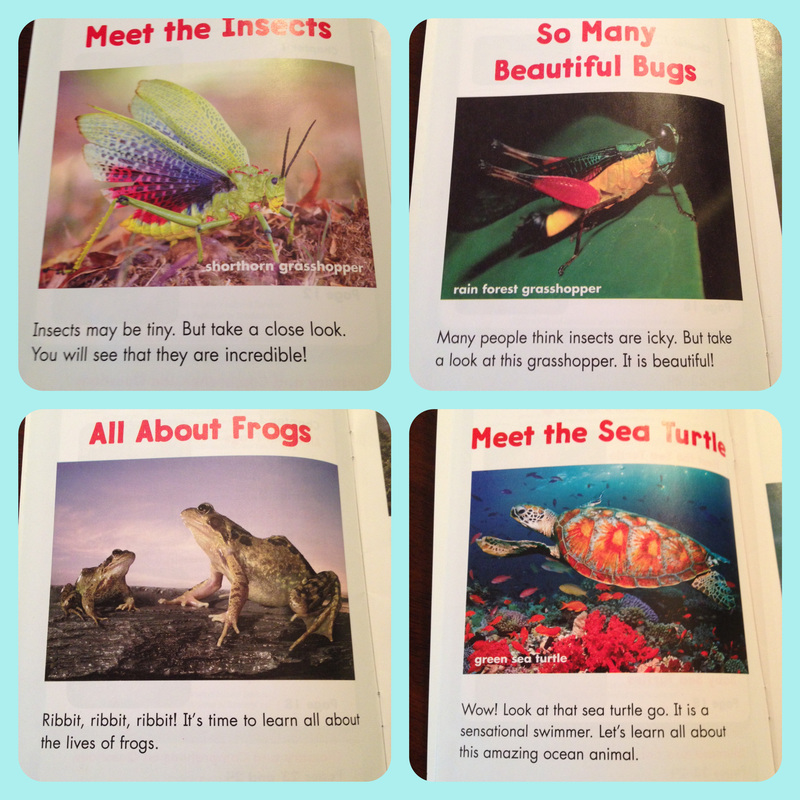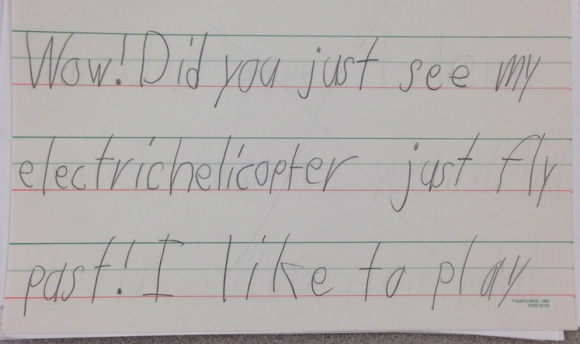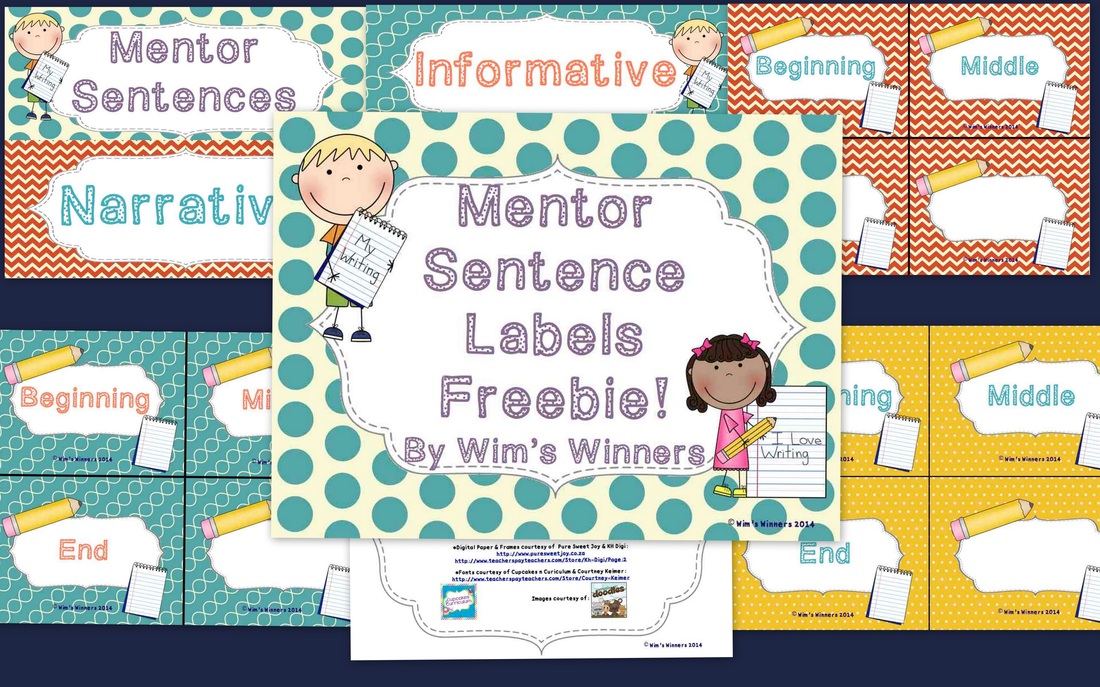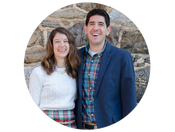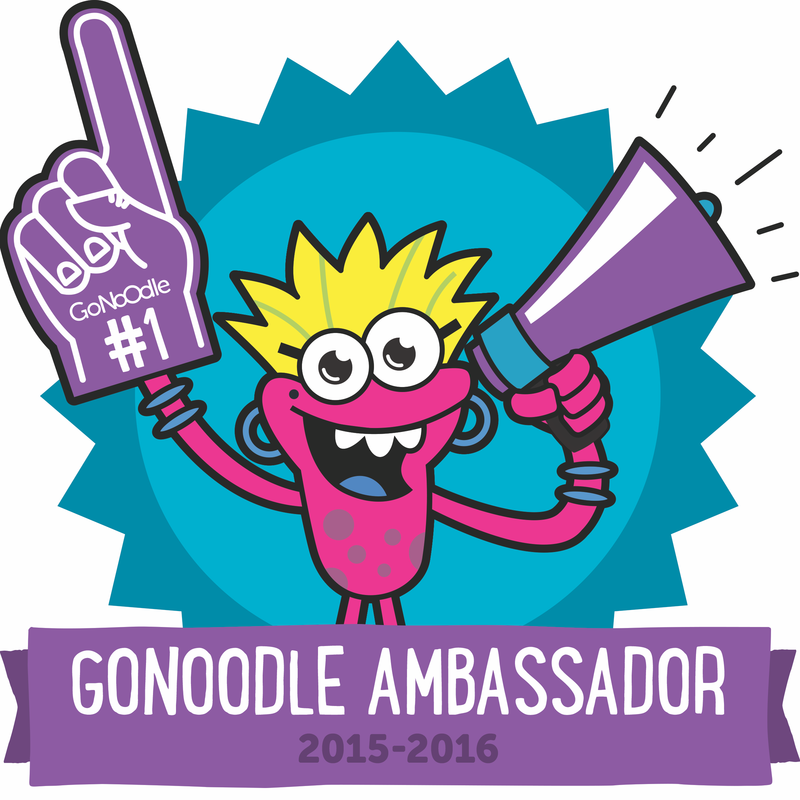For those of you unfamiliar with the CollegeBoard or Advanced Placement courses, they made a concerted effort to shift the emphasis away from content and to historical thinking skills. Although I integrated long-term projects in to my AP curriculum for the past several years, the AP course revisions afforded me an unique opportunity to experiment with new ideas.
I wanted students to do research and writing on a regular basis. I also wanted students to see the value and potential experiences that exist in our community (before they leave for college). The bucket list project combined the two and reinforced a litany of standards from the Common Core, PDE, and the CollegeBoard.
Common core
PDE
collegeboard
Have a great weekend!
Greg
